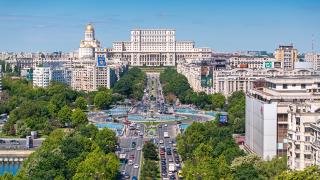The debate around climate change and lowering CO2 emissions has been a part of the Brazilian cement industry for some time and today, the sector has made great strides towards reducing its carbon footprint. A modern production base, increasing use of alternative fuels and the development of blended cements with a lower clinker factor have all contributed to making the industry more sustainable. By Yushiro Kihara, Brazilian Cement Portland Association (ABCP) & Gonzalo Visedo, Sindicato Nacional da Indústria do Cimento (SNIC), Brazil.
Brazil is a country with continental dimensions, with more than 11,000km of coastline, borders on 10 countries and a landmass of 8.5mkm2. The Brazilian cement industry began in São Paulo in 1926, and then in Rio de Janeiro. With a slow start in the early 20th century, domestic production exceeded imports after 1933 and the Brazilian industry began a steady process of consolidation and growth.
It was only in the 1970s that the so-called “economic miracle” boosted the cement industry, stimulated by numerous housing and infrastructure projects of the time. In just 10 years, per capita consumption increased from 100kg to 227kg. In the same period, cement production tripled, jumping from 9Mt to 27Mt, and 24 new plants were built to supply this growing demand.
